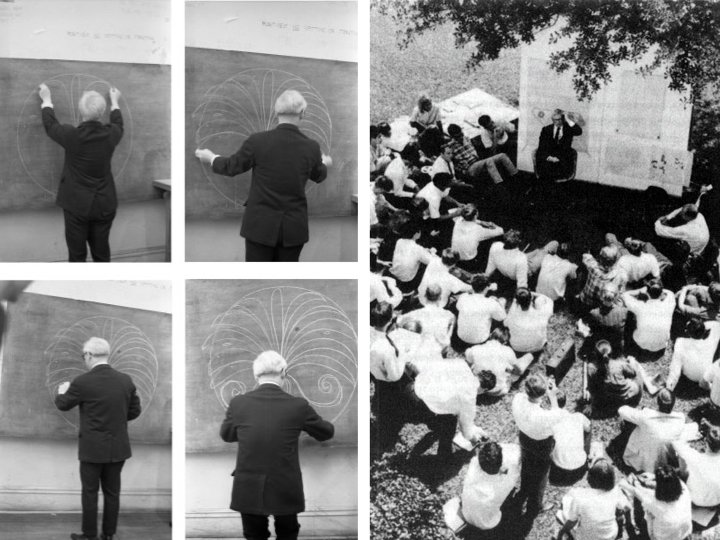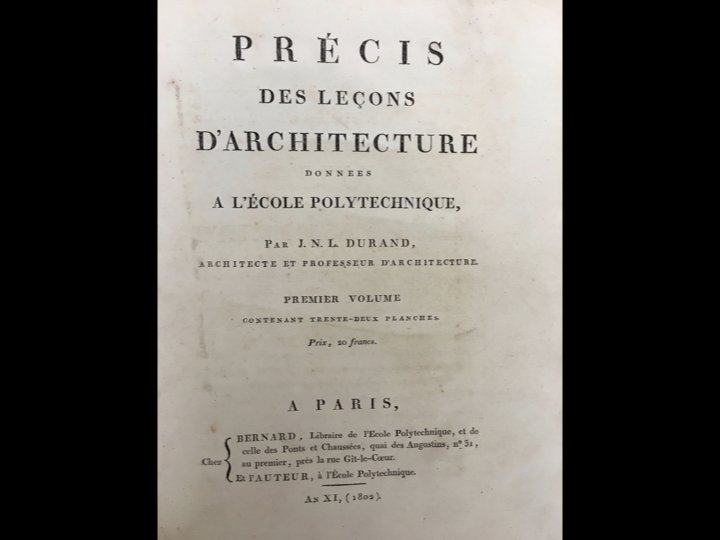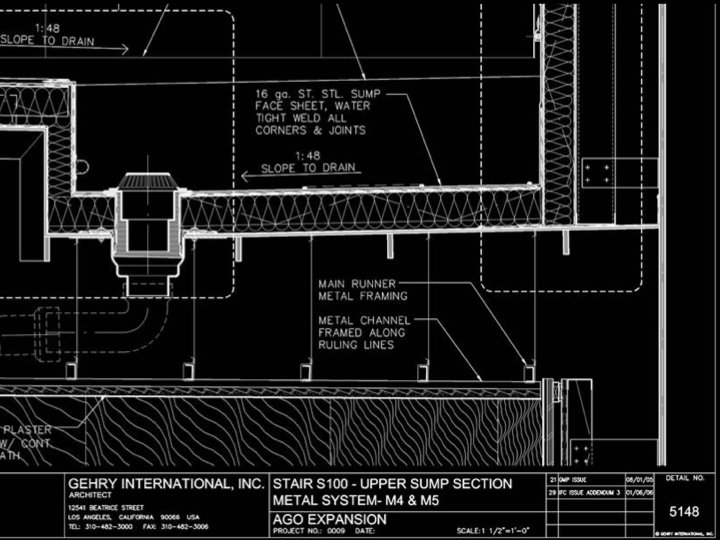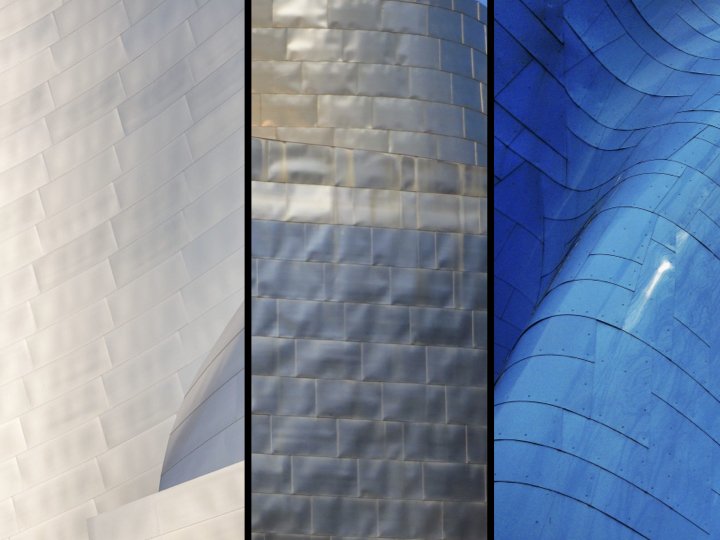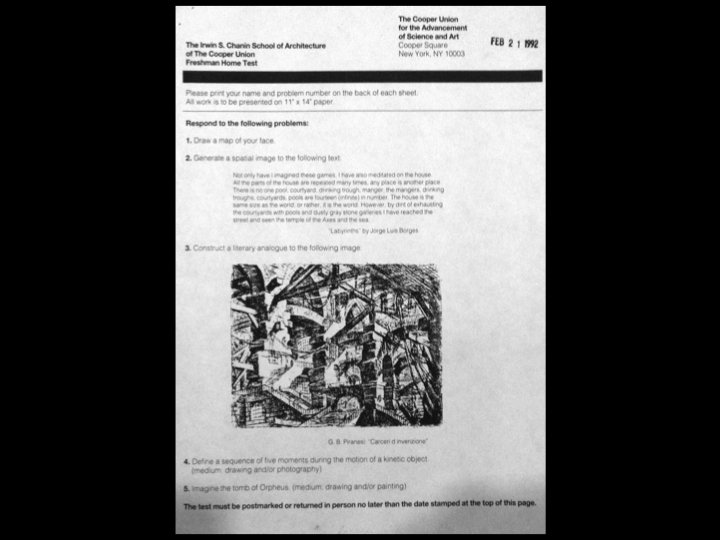Most of the design teachers I know learn to teach on the job. No one went to a school to learn how to teach. Re-applying and retuning their own experiences as a student seems to be the most common way. Alternatively, one might try to teach by putting on his or her designer hat, hoping that the students can grasp the nuances of doing design. Essentially praying that talent and sensibility are teachable.
Unfortunately, such optimism rarely comes true. As such, the need to cultivate a self-motivating ethos or design method is necessary. Both of these take time to learn and develop. There have been many in the history of architectural education, that attempt to systematize pedagogy. One of which is Jean Nicholas L Durand. The student of Boullee. He famously wrote the two-books volume called The Precise lectures on architecture.
Unlike the other famous books on architecture like Alberti’s or Vitruvius, Durand’s book was particularly focused on the ways of doing architecture, in a systemic manner. It was essentially his teaching notes. One of the chapters that captured my attention was “How to acquire in a short time true architectural talent?” I read it many times. I still don’t think I have acquired the talent that he’s describing. In all seriousness, so what is design? Is design in architecture about problem-solving? For me, as an educator in a professional program, Architectural education is as much as problem-solving as it is about problem-making. Take the work of Frank Gehry. While he is known for his use of the metal panels. Many do not realized his way of problematizing the material as a design inquiry. Metal panels for him is not simply a material that shields the outside from the inside. But instead, it is an expression and characteristic that each building is associated with.
Depending on the context, program, lighting and weathering conditions, each unique solution is the result of, first, being able to formulate a problem. From the taut stainless steel and concealed fasteners of Disney Concert Hall under the context of sunny LA. To the flat lock seamed, paper-thin, crinkly and quilted dematerialized titanium in Bilbao; and the Angel-Hair blue interference-coated aluminum of the Seattle Experience project. Each, for him, was an opportunity for problem making. He did not take the path of least resistance. To what problem is he really solving? Those that the client demand? Or is he trying to craft the problems instead because he is curious?
So how do these ‘real-world’ examples apply to architectural education? A lot in fact. Since good design problems not only encourages the production of work but it also induces questioning and triggers curiosity. And curiosity, as we know, is the best incentive for learning.
One of the best problem givers in the recent history is probably John Hedjuk with his infamous admissions entrance exam questions and others. A well-considered design problem can Therefore have significant consequences. The making of the design problem takes real work. As it involves 1) defining a problem, 2) framing a problem, 3) setting problem limits, 4) crafting problems, and finally 5) creating a criterion for evaluating the success of a problem. As noted by Kyna Leski, these five processes are what’s necessary for formulating a rigorous and thoughtful design problem. However, before this could even begin. There is an even more important step. And that is the need to create the conditions for unlearning according to Kyna.
Unlearning unfolds in a way that creates. When you realize you don’t know something, you have created a problem. Not knowing how titanium would behave under the gloomy light of Bilbao, that need creates an impulse to know for Frank. The impulse is to know something that is much more specific than what you thought you were working on. This understanding is what I try to implement in the design studio and when designing the studio sequence. Of creating conditions to unlearn, and to empower the students to discover problems that did not exist along the way of working through the project.
